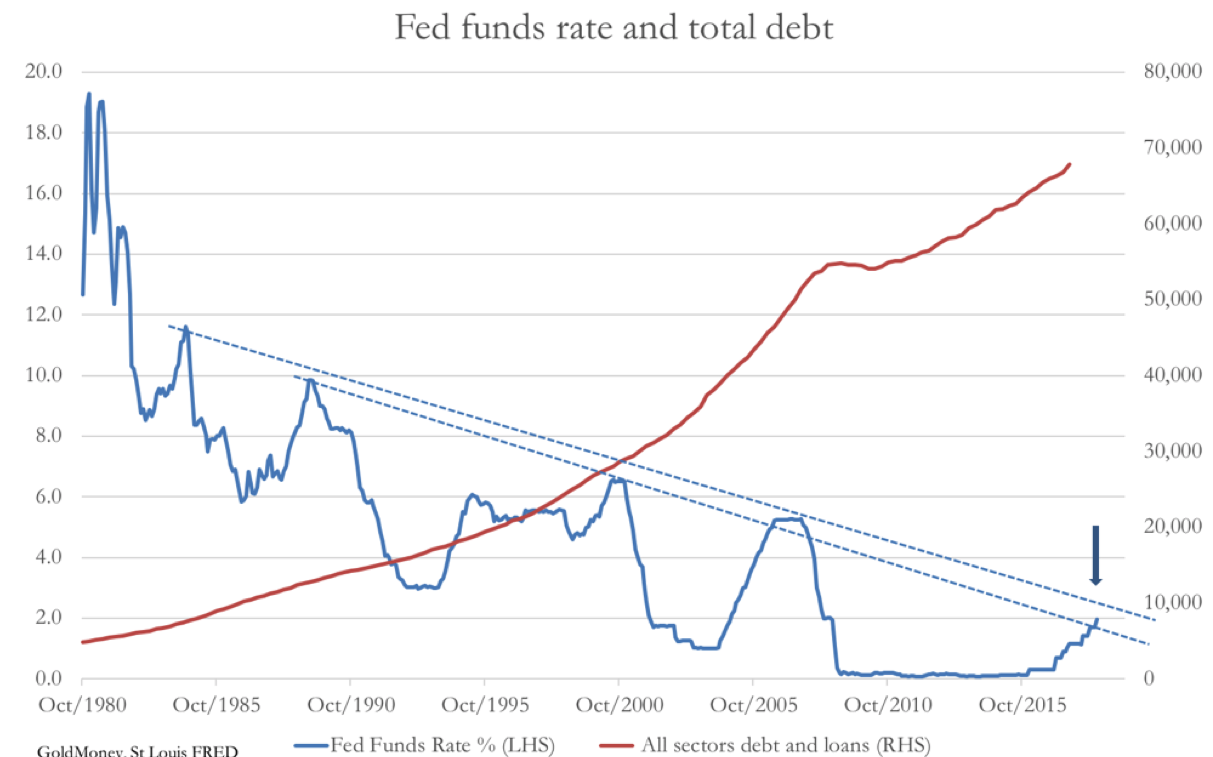Regular readers of Goldmoney’s Insights should be aware by now that the cycle of business activity is fuelled by monetary policy, and that the periodic booms and slumps experienced since monetary policy has been used in an attempt to manage economic outcomes are the result of monetary policy itself. The link between interest rate suppression in the early stages of the credit cycle, the creation of malinvestments and the subsequent debt dénouement was summed up in Hayek’s illustration of a triangle, which I covered in an earlier article.[i]
Since Hayek’s time, monetary policy, particularly in America, has evolved away from targeting production and discouraging savings by suppressing interest rates, towards encouraging consumption through expanding consumer finance. American consumers are living beyond their means and have commonly depleted all their liquid savings. But given the variations in the cost of consumer finance (between 0% car loans and 20% credit card and overdraft rates), consumers are generally insensitive to changes in interest rates.
Therefore, despite the rise of consumer finance, we can still regard Hayek’s triangle as illustrating the driving force behind the credit cycle, and the unsustainable excesses of unprofitable debt created by suppressing interest rates as the reason monetary policy always leads to an economic crisis. The chart below shows we could be living dangerously close to another tipping point, whereby the rises in the Fed Funds Rate (FFR) might be about to trigger a new credit and economic crisis.

Previous peaks in the FFR coincided with the onset of economic downturns, because they exposed unsustainable business models. On the basis of simple extrapolation, the area between the two dotted lines, which roughly join these peaks, is where the current FFR cycle can be expected to peak. It is currently standing at about 2% after yesterday’s increase, and the Fed expects the FFR to average 3.1% in 2019.
…click on the above link to read the rest of the article…